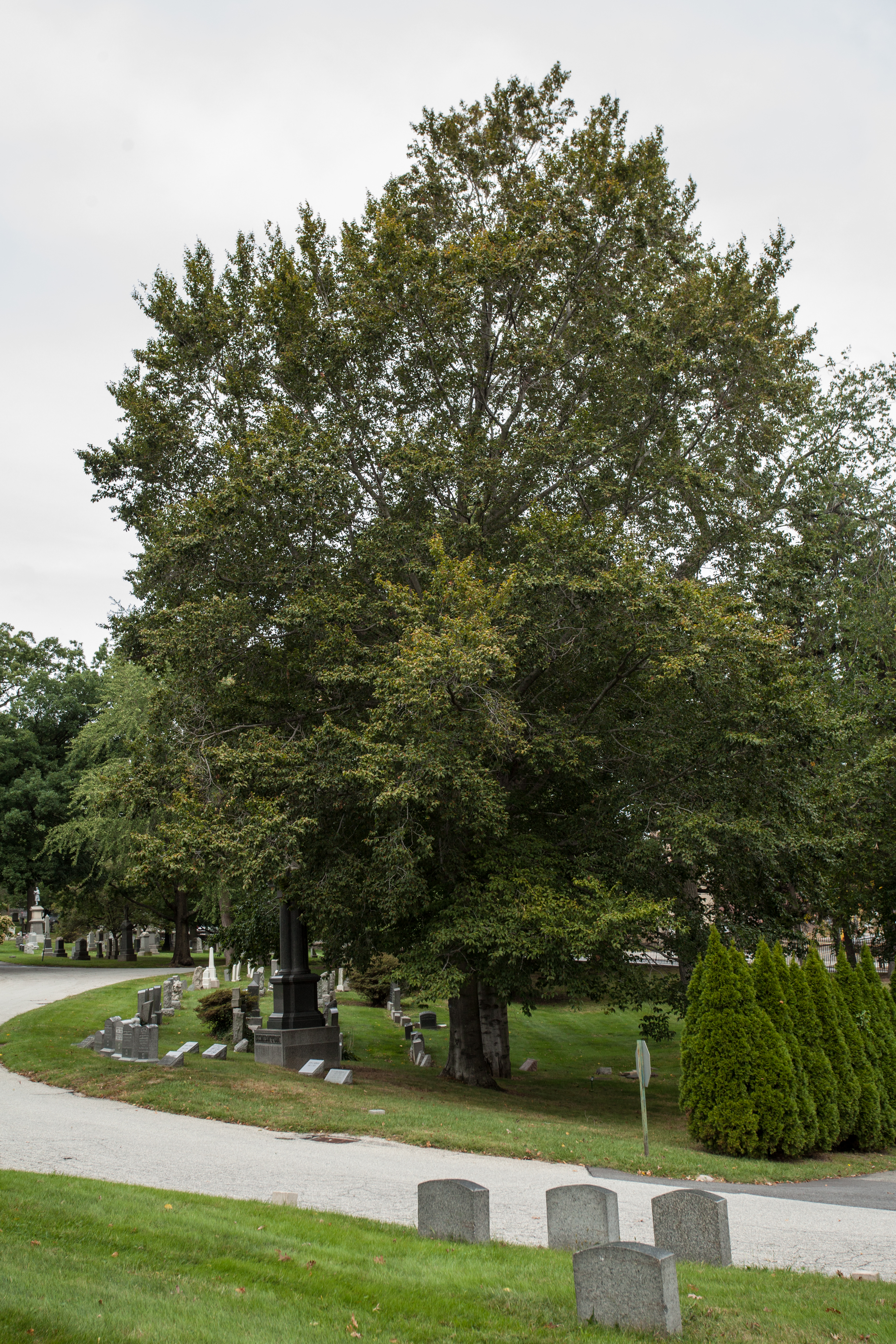FAGUS GRANDIFOLIA – BEECH, AMERICAN

American Beech likes a loose, acid soil which is well-drained yet can retain enough moisture for its shallow root system. (There is a form of the plant from the northern part of it range that grows primarily on soils with a pH of 7 and above). This means that a generous layer of mulch will help the tree root system develop to its fullest. Irrigation in dry summers, even for established trees, can benefit Beech trees. The root zone should be free of soil compaction and competition from other plants, especially turfgrass. Beech uses about twice the volume of water as the more drought tolerant oaks.
Young trees collected from the woods are difficult to transplant and are best preserved where they naturally occur, or should be planted from field nursery stock in spring. Fall transplants reportedly recover poorly. Roots send up shoots forming colonies in the forest. It is not suited for dry climates. It tolerates wet soil poorly. When saving existing trees be sure water drainage is not channeled to drain water toward the tree. Trees may reach 300 to 400 years old in the forest.
Good survival in ice storms. Trees are considered poor compartmentalizers of decay. This means decay can develop and spread quickly following mechanical injury from construction activities near the tree, vandalism, storm damage, or improper pruning cuts. Fruits attract many different birds. Shoots sprout from roots. Leaves often remain on the tree through the winter. Pollen can cause significant allergies. Leaves can be poisonous if ingested.
Wood weighs 55-65 pounds per cubic foot. Wood is considered diffuse porous meaning that there is little difference in size of pores between spring and summer wood.

